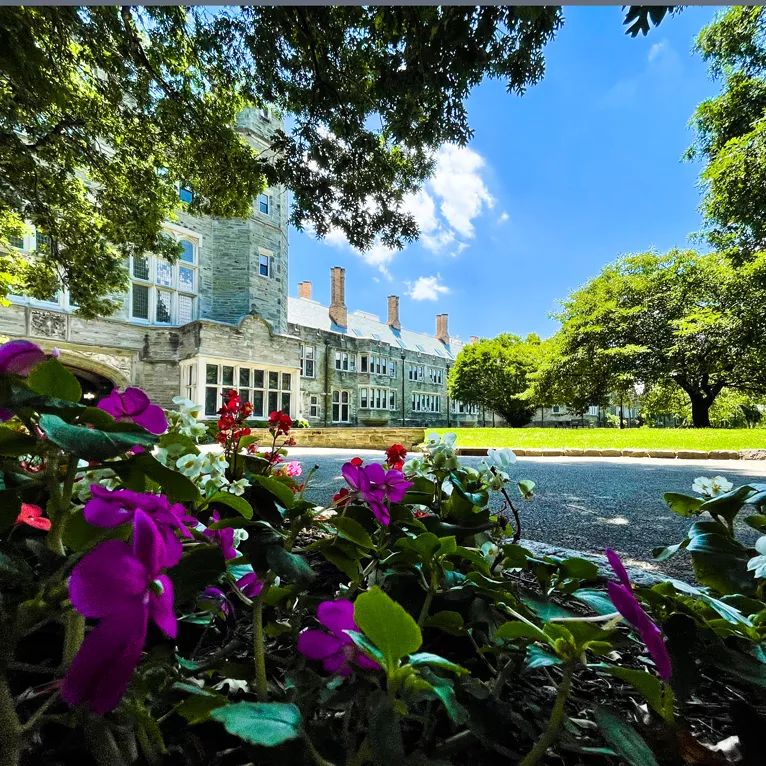Internships and Summer Activity
Experiential Learning
Learn more about experiential learning opportunities.
Career Planning
Learn more about career planning.
Programs
Recent research by our Cities faculty can be found in their individual faculty pages.
Learn more about undergraduate research opportunities.
It will be helpful to your successful application to graduate school if you have spent your summers working in a variety of ways to further your understanding of the built environment, your facility with drawing or computer graphics, hands-on construction, or other educational programs. Here are some links and suggestions:
Travel/Study/Draw
There is no better way to study architecture, urban form, and their relationships to their cultures, than to travel. Careful touring, looking at both individual works of architecture as well as trying to understand the contexts in which the monuments have been constructed will form a valuable lexicon of form and design. The discipline required by sketching in a small notebook will assist in looking and learning. Photography is quicker, but does not require the same concentration. You may end up with more images, but a less clearly learned idea about the strengths or specific attributes of the place.
Travel can be just to your home town. Drawing can happen anywhere. A firm understanding of where you are from is a strong base from which to build. Sometimes you may find that you have never really looked at your own home. How big is it, what style is it, why is it where it is, who built it, why, how old is it, what is it built of and how, how well does it function for your family’s needs, your own preferences, how do the attributes of your living quarters affect and shape your family’s habits and customs, how well does it suit its environment? You may love it, you may think that there are aspects which need improvement—the question is why, what, and how. These are the sorts of questions you should be asking your self about almost any building you see. If you can answer all of them, then you will understand what makes the particular solution interesting, important, special, or perhaps merely mundane. Sometimes something that looks extraordinary in a book, seems the more so, because the context is not clear. Only travel and looking can really teach context.
As you do this you will find that there are certain sorts of buildings that interest you, certain types of contexts or situations. Your travel and looking may become more specific, more studied. You may be able to prepare more for your travels. Is it markets? Or public squares, churches, apartment buildings, the works of a certain architect or time period. This may make your studying more meaningful and focused.
A small notebook or sketch pad—something that can be carried anywhere and all the time—will be helpful. Develop the habit of spending 10 or 15 minutes sketching things that are appealing or interesting. This will train your eyes as well as your hand. Ultimately a facility in sketching will assist you in drawing things of your own imagination.
Taking photographs will also be useful. A life long habit of photographing buildings, gardens and cities may build into one of the greatest resources that you have as an architect. Being able to draw upon example, remember the perfect proportion of a space that you loved, or the way in which a view was framed, will make your own designs richer, better, and more meaningful. The sketches and the photographs will also be a great help in filling out your portfolio in application to graduate school.

Contact Us
Department of Growth and Structure of Cities
Old Library
Bryn Mawr College
101 N. Merion Avenue
Bryn Mawr, PA 19010
Phone: 610-526-5334